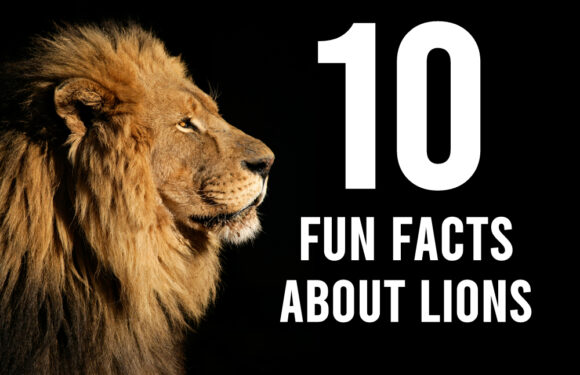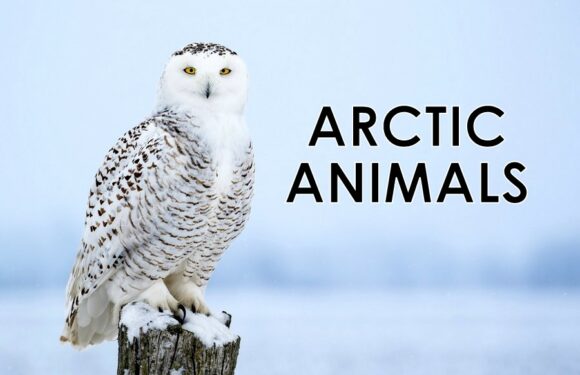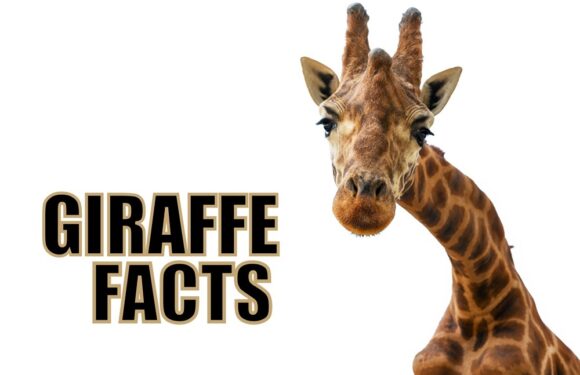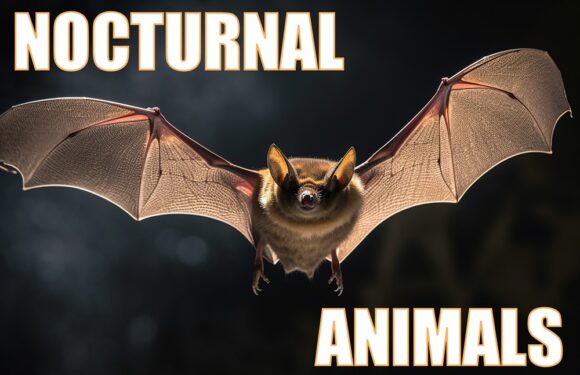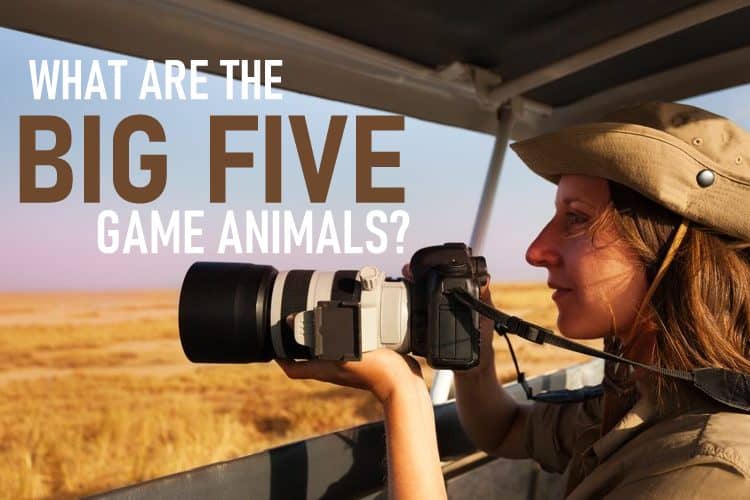
The term “Big Five” refers to five animals that early big game hunters considered most difficult and dangerous animals to hunt in Africa.
Today, the phrase represents the core animals that first time safari goers want to see. Whether you are touring in Tanzania, Kenya, South Africa, Botswana, or Rwanda, you have a great shot of seeing these magnificent creatures, with the right guide and with enough hours spent in the field.
So what are the “Big Five” Animals?
1. African Lion
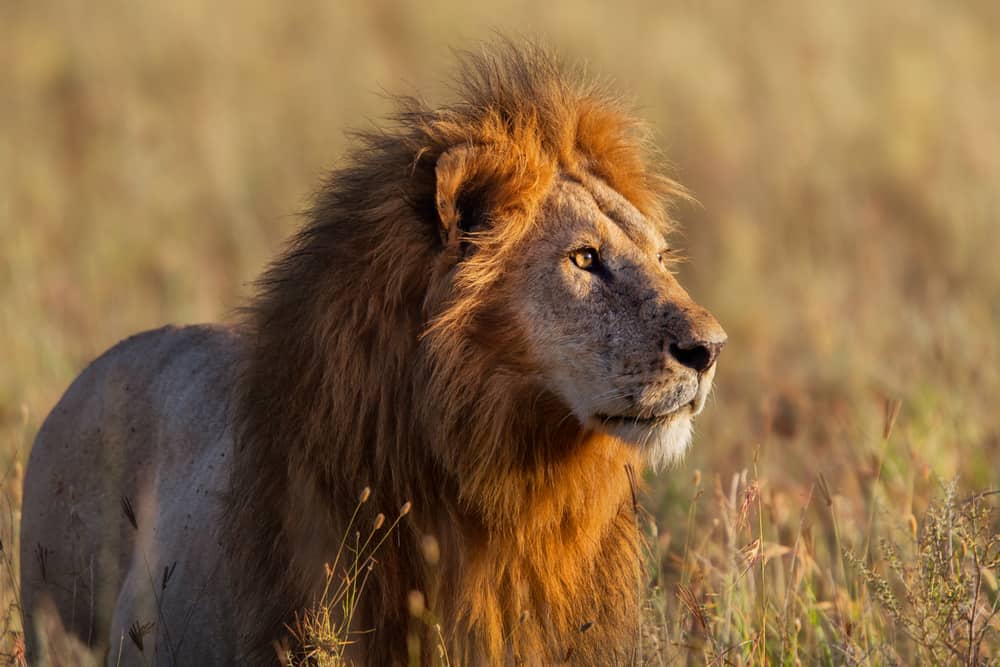
African lions are the largest of the African cats and one of four big cats that are found in the country. They are the second largest living cat in the world after the Siberian tiger.
The African lion is an apex predator which means it sits at the top of its food chain and has no natural predators. They are the indisputable kings of the African bush and one of the most sought-after sightings on a safari. When you do find them, most likely they will be laying around. They spend between 16 and 20 hours each day resting and sleeping.
Because lions have few sweat glands, they conserve their energy during the day and become more active at night when it is cooler. They typically prey on big animals such as wildebeest, zebras, antelopes, gazelles, and buffalo.
Unlike other cat animals out there, lions are social animals living in prides. On average, a pride contains 13 members, but it can grow to as many as 40 individuals. The size of the pride depends on the area and prey availability. A pride will usually consist of 1-4 adult males, several adult females, and a number of sub-adults and cubs. All pride’s lionesses are related.
2. African Elephant
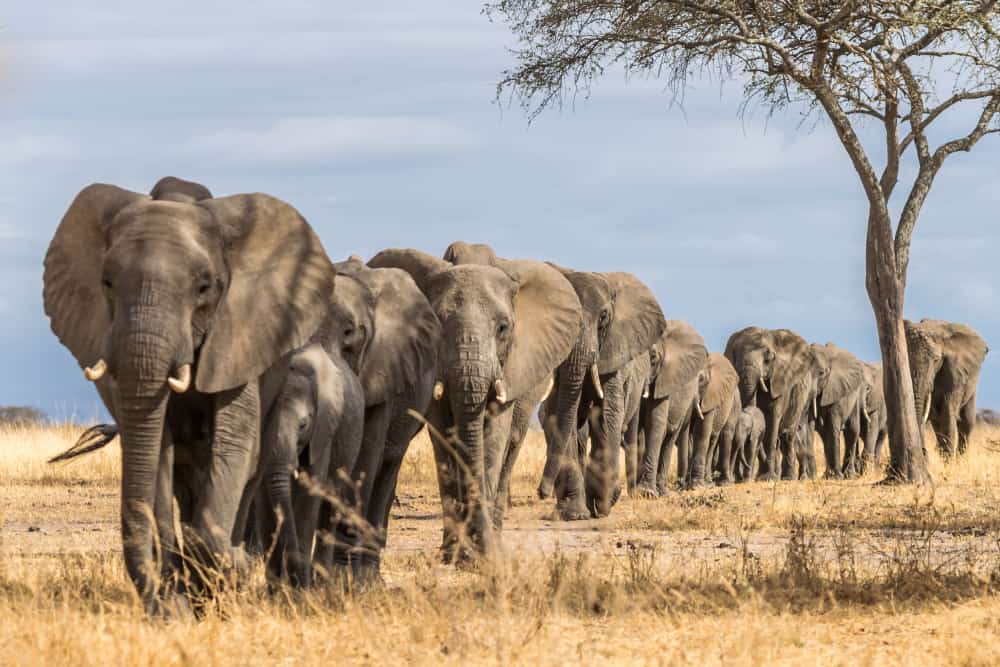
The African elephant is the world’s largest land mammal. An elephant will grow to between 8.2 to 13 feet tall measured from foot to shoulder and weigh between 5,000 to 14,000 lbs!
The most characteristic part of an elephant is its trunk. The trunk has up to 40,000 muscles! In comparison, a human body has around 600 muscles. Elephants use their trunks to drink water, pick up objects, trumpet warnings, and greet one another.
Elephants spend most of their time looking for food and consuming it. They are vegetarians, eating mostly grass, tree leaves, flowers, wild fruits, twigs, shrubs, bamboo, and bananas. Adults eat 4-6% of their body weight daily. Because their digestive system is relatively inefficient, they need to eat almost constantly. They also can drink as much as 50 gallons of water in a single day.
Unfortunately elephants are a prime target for poaching as their ivory tusks are seen as a valuable commodity in Asia. In addition, war and over-exploitation of natural resources usually cause increased poaching for their meat. The total number of wild African elephants today is approximately 15,000.
3. Cape Buffalo
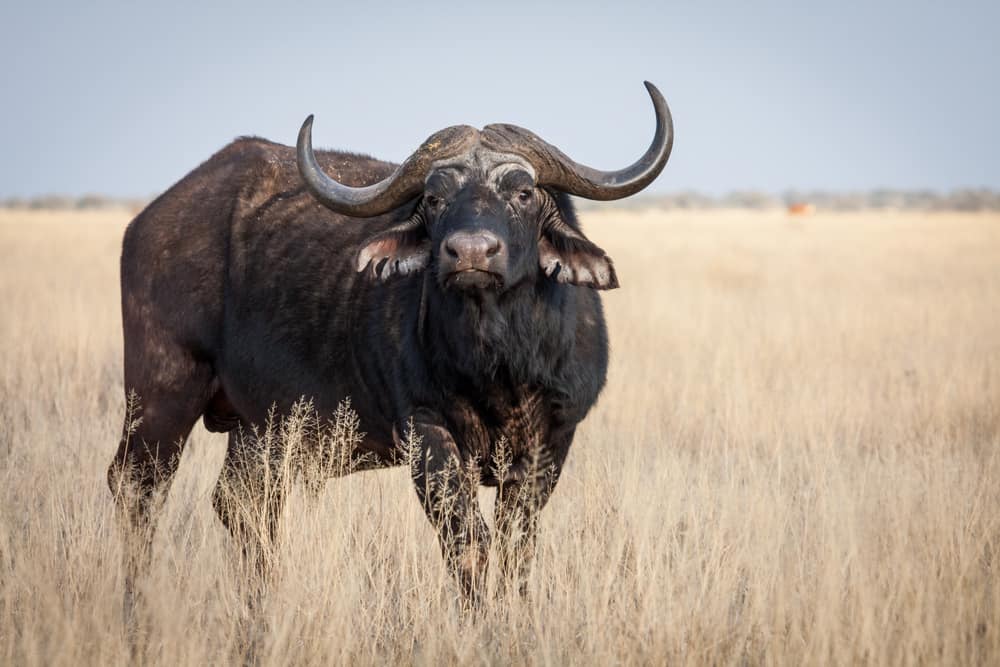
The Cape buffalo is a subspecies of the African buffalo, the one most commonly seen roaming about sub-Saharan Africa. During the rainy season, you may see a buffalo herd with thousands of members in Serengeti.
Both males and female buffalo have horns. The horns are used for defense against predators. For males, horns are used to fight each other to determine dominance for mating rights.
Surprisingly, cape buffals are known as the most dangerous of the Big Five. It’s nickname, “The Black Death” and “widowmaker”, comes from its unpredictable and aggressive nature. They can charge for no apparent reason.
Cape buffalo live in large herds, with anywhere from 50 to 2,000 members. They are herbivores and prefer roaming vast open grassland where there is long grass to graze on. Their favorite foods are grass and herbs, but they will also eat aquatic plants. Buffalo also like to wallow in water and mud holes, and are therefore often seen covered in mud.
When you see buffalo on safari, you will often see birds such as oxpeckers riding on their backs. These birds eat lice, ticks, fleas and other parasites off the animal.
4. African Leopard

The African leopard is one of the fastest, strongest climbers of all the large cats.
It has the right tools to be a stellar ambush predator – incredibly powerful shoulders and legs, pointed canine teeth and sharp claws. Its beautiful, rosette-patterned coat helps them blend into its surroundings. They stalk their prey almost invisibly in any terrain.
Leopards sneak up on their prey and kill by delivering a powerful bite to the neck. Leopards are capable of taking down prey much larger than itself. They typically hunt for midsize mammals like antelopes, gazelles, and warthogs. However, they’re opportunistic, adaptable hunters and can subsist on birds, reptiles, and rodents.
Once a leopard kills an animal, it carries the body to a secluded location or drags it up a tree to feed on it over the course of a few days. This keeps the meal safe from competing hyenas and lions.
A leopard sighting is a real treat. Leopards are nocturnal and spend most of the day asleep. If you’re lucky enough to spot one, it will most likely be snoozing in a tree. To find them, look for a leopard’s hanging tail just underneath a tree’s main branches.
5. Black Rhinoceros

Black rhinoceros are one of two African species of rhinoceros (the other is the white rhino). They are known for their large, impressive horns that protrude from their skull. The front horn is larger and can measure up to 55 inches long while the rear horn is smaller and can measure up to 22 inches.
These horns, which are made of keratin, are used for defense and intimidation. While mainly shy and solitary animals, black rhinos can still show bouts of aggression. They charge at perceived threats, reaching speeds of 35 miles per hour. They have even been observed to charge tree trunks and termite mounds due to poor eyesight, and the occasional safari vehicle.
Black rhinos have the highest rates of mortal combat recorded for any mammal: about 50% of males and 30% of females die from combat-related injuries!
As herbivores, black rhinos eat leafy plants, branches, shoots, thorny wood bushes and fruit. It has no front incisor teeth, so it relies heavily on its lips to bring food to its mouth. Their long upper lip is hooked for the purposes of grasping and pulling leaves.
This species is considered to be seriously threatened due to poaching. The black rhino was once a widespread species, inhabiting vast areas of Africa. However, between 1960 and 1995, black rhino numbers dropped an incredible 98% to the less than 2,500. Since then, the species has made a tremendous comeback from the brink of extinction. There are around 5,600 black rhinos in the world today.
Black rhinos are the hardest of the Big Five to spot. They are extremely rare in Tanzania, with only an estimated 80 individuals in the country. But it is still possible to get a peek, usually with binoculars from a far distance.
Want to see the Big Five? Book a safari with Ultimate Kilimanjaro now.
See 12 Things You Need to Know Before Going on a Tanzanian Safari.
See What are Most Dangerous Animals in Africa? (Are Safaris Safe?)






















































